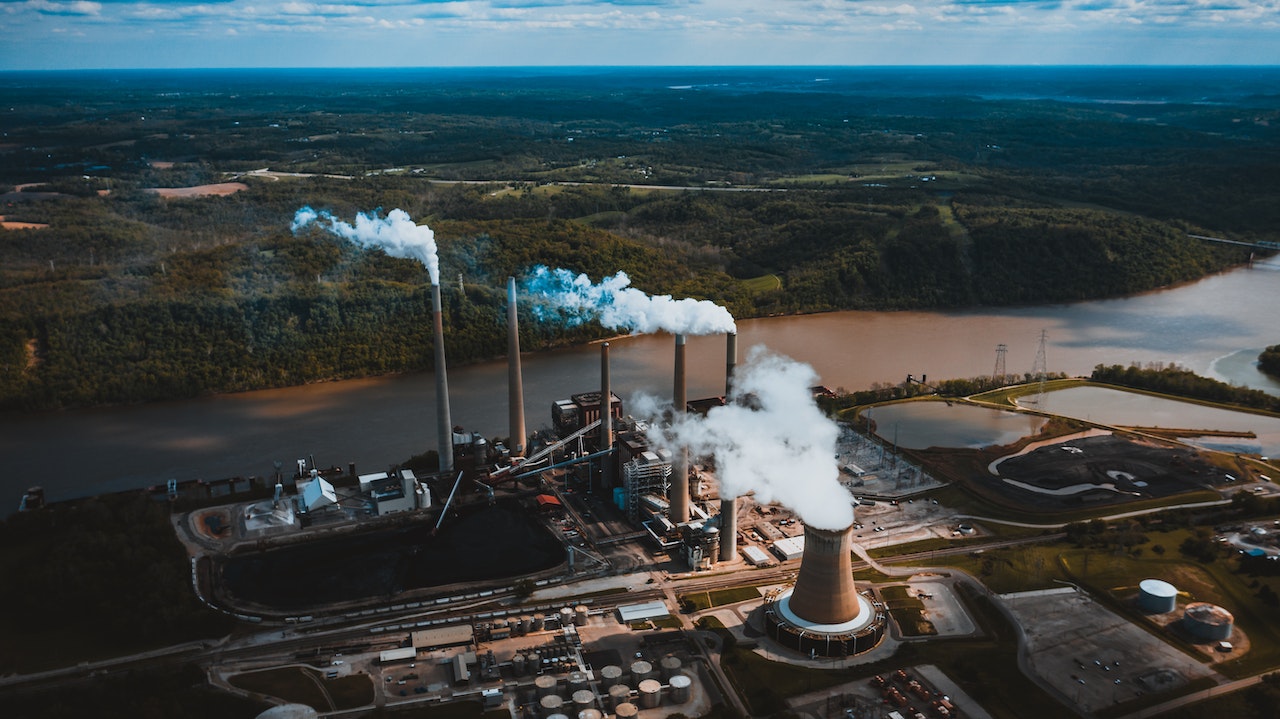
Processing and transforming natural resources (raw materials) into other finished and semi-finished products is what industry is all about, making it a vital part of every country’s economy.
In the eighth century, England experienced the Industrial Revolution, sparked by new machinery development. It could replace humans in many manufacturing processes.
It is impossible to overstate the significance of industry, as its development paved the way for the emergence and growth of other pillars of contemporary societies, such as banking, mass production in the industrial sector, capital concentration, labor specialization, productivity gains, technological advancements, etc.
Let’s take a look at how various sectors of the economy benefit from the industry.
Table of Contents
1. Advances In Research And Technology

Source: unsplash.com
The expansion of industry drives progress in STEM fields. Businesses in the industrial sector perform scientific study and product development. Biofuel ethanol is an example of an industrial breakthrough.
Science is done on industrial byproducts, and new products are developed. The industrialization has made advancements in areas like atomic science, satellite communication, weapons, and more.
2. Strengthening The Economy
When ample supplies of commodities exist, the government is less likely to raise prices. This is a major contribution of the industrial sector to price stability in the country.
A nation’s economy can be stabilized most effectively by industrialization. If a country’s development is solely predicated on extracting and selling natural resources, it will inevitably stagnate.
3. Progress Of The Industrial Revolution
In this time period, superior capital goods like the steam engine and the mastery of new production processes like the assembly line led to a huge increase in marginal productivity. Producing more in less time is an indication of increased efficiency.
Access to more and better food helped the population grow while combating hunger. We could devote more time to learning, tinkering, and leisure. A significant increase in median real earnings led to a rise in the demand for higher-quality consumer products and services.
4. Industrialization And Urbanization

Source: unsplash.com
This process of urbanization follows earlier industrialization. Transport and communication expand when an industrialized region develops. Institutions, including universities, vocational schools, banks, and hospitals, are often located near major manufacturing centers.
In Orissa, you’ll find the town of Rourkela, which was once a forest but is now a sophisticated metropolis. After establishing major industries like medical plastic injection molding companies and ptfe bellows manufacturers, several supporting units sprang up. People were able to get tons of industrial jobs. Theri lifestyle upgraded due to the manufacturing of modern goods in those industries. Not only this but even the health sector improved due to the production of latest health technology in those industries.
5. Relevance To Foreign Exchange
There is no doubt that industrialization helps boost trade. Commerce benefits the industrialized nations more than the less developed ones. Countries with a low standard of living to trade their raw materials for manufactured goods. Prices for agricultural goods tend to be more reasonable, and their demand is usually flexible.
While the prices and demand for industrial goods are more stable, this widens the difference between exports and imports. We must either make items to replace those we import or promote exports through economic growth to close the trade gap.
6. Reduction Of Extreme Poverty And Joblessness
Rapid industrialization can soon eliminate poverty and unemployment. This has even happened in highly developed nations like Japan’s manufacturing sector. Because of sluggish industrial growth, poverty and joblessness have spread throughout the country. The rapid expansion of the industrial sector has made it possible to put idle rural labor to work.
7. Payments Deficit Diminishing

Source: unsplash.com
The country’s national debt is serviced, and important pieces of machinery like mechanical valves by top international triple offset butterfly valve manufacturer are purchased with the foreign currency generated by the industrial sector.
The country’s pattern of international trade will undergo fundamental shifts as it industrializes. As a result, it facilitates the export of manufactured items, generating international currency. However, domestic processing of raw materials reduces the need to import finished products, which enhances a country’s balance of payments.
8. Increased Expenditures And Investments
People’s levels of living and income both improve due to industrialization. When income increases, savings, investment, and consumption rates all climb in tandem. An event of this magnitude is crucial to a country’s quick development.
And lastly, it creates many jobs for a country’s citizens. As unemployment is the root cause underlying all of a country’s downsides, ending it will solve many social and economic difficulties. The industry’s primary function is to lessen the burden of unemployment.
9. Rapid Increases In Both National And Individual Incomes
Rising national and individual incomes are facilitated by expanding the industrial sector. There is a close relationship between industrialization and national and per capita income, as evidenced by the historical economic progress of advanced countries.
In the USA, for instance, the industrial sector contributed 26% to the national income in 2000, and the average annual wage was $36.240.
10. Contemporary Military Strategy

Source: unsplash.com
Considering the pervasiveness of our adversaries, it is more crucial than ever that we have a robust domestic modern industrial base upon which to build a robust modern defense.
Conclusion
The industry’s role in a country’s economy and progress cannot be overstated. Just how crucial is an industry in your country, exactly? We’ve just answered an important question for any country’s long-term economic and development success. With this article, you now know the key importance in a country’s overall progress.







